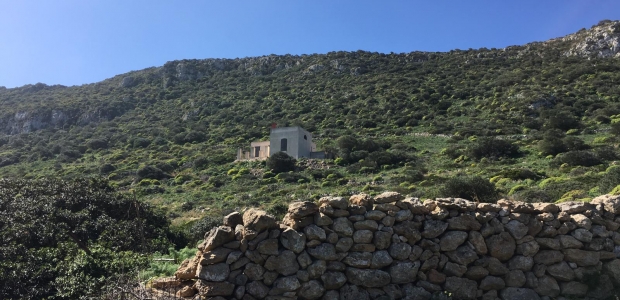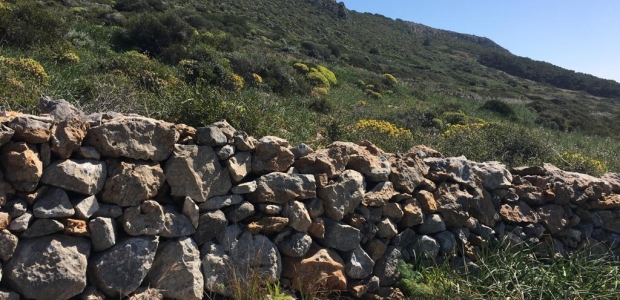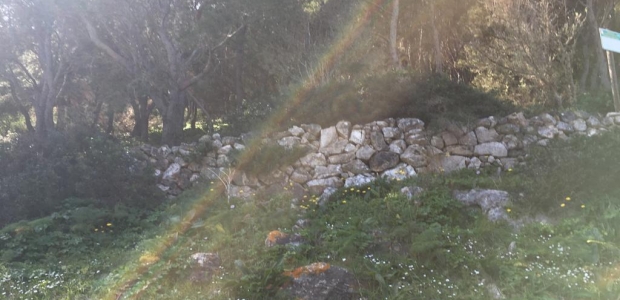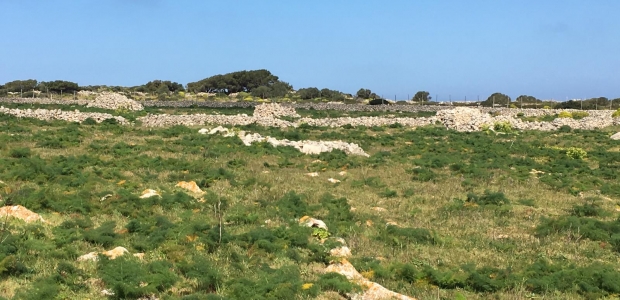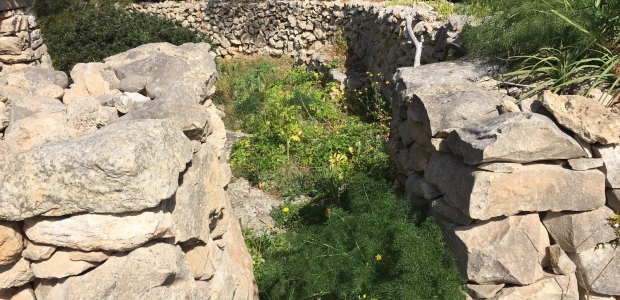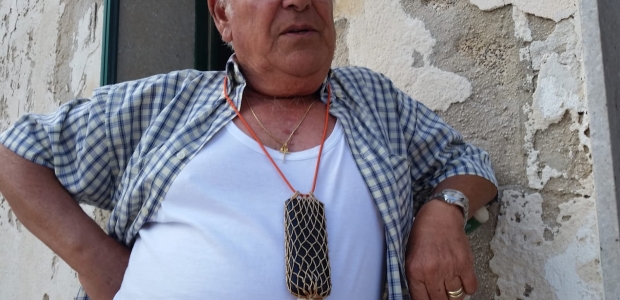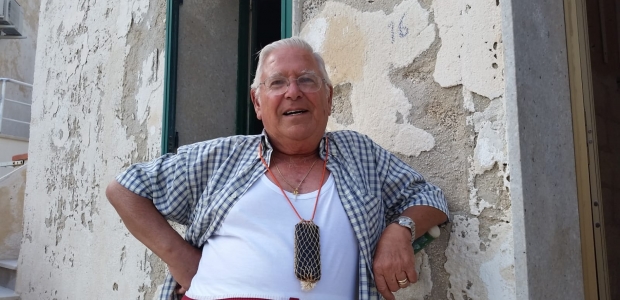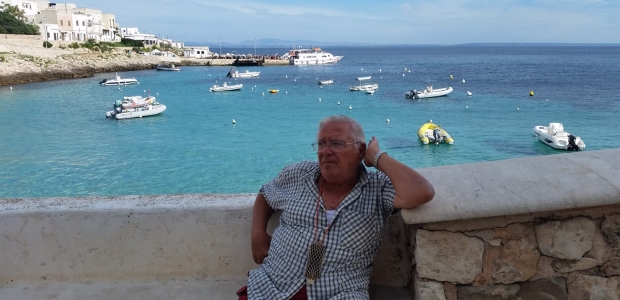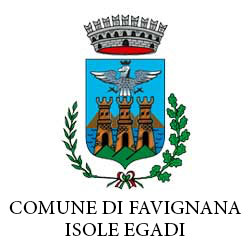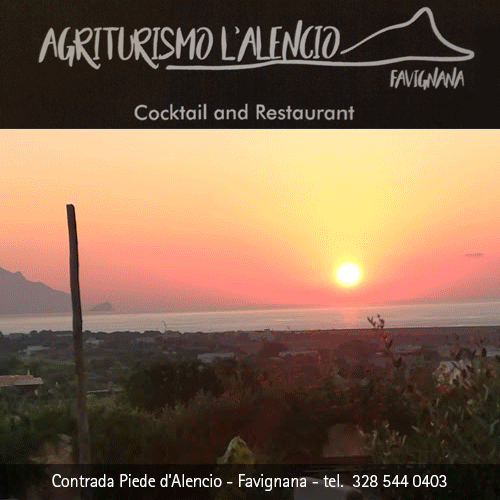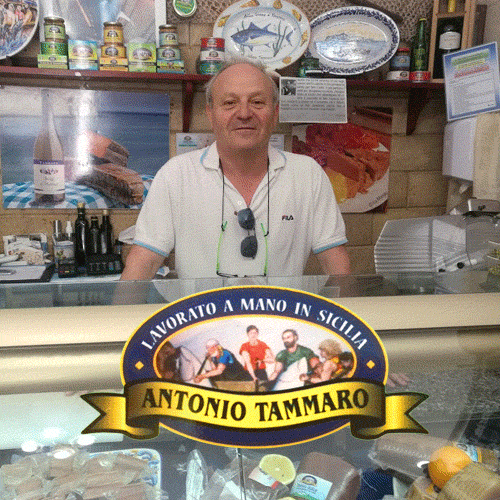Languages
The walls of Levanzo
Uccio is my tour guide to Levanzo and a connoisseur of stories.
Nice man, with two smart eyes that look at me with curiosity.
But also my curiosity is so great, and the desire to know this wonderful island is even more. He was born and always lived in Levanzo. I meet him in the small town gathered around the small harbor, where he is renovating a very nice little house. Wearing a white tank top. When I ask him if he can give me an interview and I tell him that I want to take a picture of him, he settles down and wears a shirt as a man of great knowledge of the old ways of his island.
I ask him about the dry stone walls and he is willing to tell me how they used to do it once because now you can not find anyone able to do it.
We sit on a bench overlooking the sea and he begins to tell. In the Mediterranean basin dry stone walls for agricultural use begin to spread with the Greek colonization. Today they represent one of the most significant examples of agricultural archeology. They were used to protect the flocks, or to delimit the boundaries of the properties, or to divide the pastures from the crops. The dry stone walls are constructed from stones appropriately shaped so that they fit one on the other remaining stable once laid, in total absence of mortar and plaster, using local limestone stones mounted and crossed "dry", which thickens up to become embroidery for the landscape.
UNESCO has inscribed the art of dry stone walls in the representative list of the intangible cultural heritage of humanity.
Building a drywall is a long and complex operation, from the choice of the stone to the carving, from the overlay to the joint. The dry stone walls have a trapezoidal section, they are wider at the base, usually around sixty centimeters, and narrower and with smaller stones at the top. They have an average height of one meter. Dry stone walls play an important environmental role, because they represent a real "ecological corridor" that allows the transmission of a microfauna rich in insects, small reptiles and amphibians that spontaneously operate in a healthy environment free of pests. The interstices become its home and hiding place. Moreover, with the spontaneous vegetation that grows between the stones or close to the walls themselves, they constitute an important ecosystem. In their correspondence a particular microclimate is created, favorable to the Mediterranean plants that can thus, thanks to the greater water availability, overcome the summer crisis. The drywall is a sophisticated construction technique that combines beauty, harmony and functionality by depositing and preserving centuries of culture and tradition, returning a taste of the past to be admired and renewed in the present. UNESCO has inscribed the art of dry stone walls in the representative list of the intangible cultural heritage of humanity.
I thank Uccio for all this precious information and I leave him by joking and laughing together like two old friends. He opens his shirt and shows off his smartphone-style smartphone cover. I will never cease to be enchanted by the people who live in these islands, always full of kindness and stories to tell.
